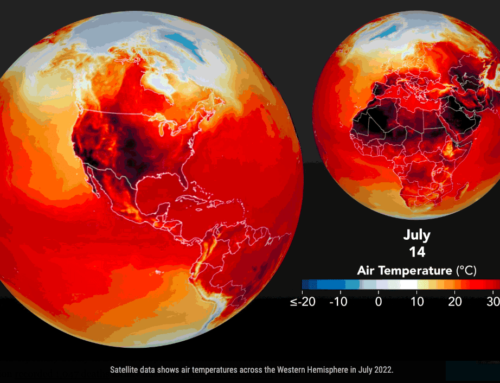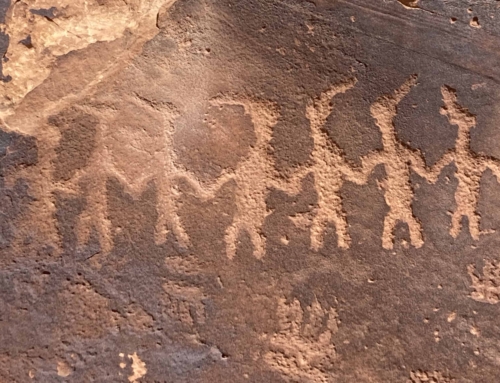Forests are the lungs of the earth. They give us about one third of the oxygen we breath, and they sequester carbon dioxide. Around the world, they absorb almost 40% of human carbon emissions and help slow the rate of global warming.
I am walking along the east side of the Cascade River in northern Minnesota. It’s fall, and the vista is one of red maple and yellow poplar among patches of green pine. By contrast, the sky is clear high pressure blue. The ridge along the river is covered in generations of soft pine needles. I can walk through this forest without making a sound.
The trees that leave needles under my feet are old red pines. Maybe 200 years old. I can’t reach my arms around their trunks which are at least two feet in diameter. While I perform this act, I wonder how much this tree weighs?
A 50-foot pine tree with a 12-inch diameter trunk can weigh more than 2,000 pounds. About a ton. Doubling the diameter to two feet causes the weight to go up with the square of the radius. A two-foot tree might weigh closer to four times as much. Maybe 8,000 pounds or 4 tons. That’s a lot of carbon sequestered. Carbon from as far back as post colonial days.
According to an MIT study, the average person in the US is responsible for emitting 44,000 pounds of CO2 per year! This tree that has been growing for two hundred years. So it takes five of these trees to can counteract one year of each of our carbon pollution.
Are you confused yet? Humans are not good at connecting with numbers. So when scientists and environmental communicators throw out numbers, people get confused and tune out. We tend to believe that humans are rational thinkers and that we can win an argument with the use of facts and numbers. Often, it’s exactly the opposite. It’s best to avoid lots of numbers, yet sometimes we must use them. When we do, we need to make our numbers visual. How can we do this?
Let’s make this a little more confusing, then simplify. In the above example, imagine you own a home on a city lot, say 50 feet by 100 feet. If you wanted to plant trees to take care of your emissions, how many trees would you have to plant?
How much CO2 are you responsible for? We can’t conceptualize what 44,000 pounds is. I can’t imagine a ton. Seems like a lot. But let me make a different statement. “The average US person is responsible for emitting 20 tons CO2 emissions per year. If this were hay, in twenty years your house would be buried under 65 feet of hay. You would have to plant 15 football fields of trees to offset this.” This explanation still uses numbers, but ties them to things you can visualize.
The Enbridge Line 3 tar sands pipeline will result in 2.6 gigatons of CO2 being dumped into our air every year. What’s a gigaton? Rather, the Enbridge Line 3 pipeline will create the pollution of 40 coal plants each year, one for every major town in Minnesota.
Even visualizing numbers doesn’t work very well. Then what? Then use an actual picture. The photo above of a child hugging a tree says a lot about trees. It also says something else. Here’s a hint. Make your picture reflect your values and tell a story.
Stories based on values first, then photos, then visualize your numbers. Better yet. Forget the numbers. Get the picture. Forests are the lungs of the earth.
‘We are all connected. Savor the Earth!’™
Hobie,
L. Hobart Stocking
SkyWaterEarth.com
hobart@skywaterearth.com
651-357-0110
Facebook: @SkyWaterEarthConnected
Twitter: @SkyWaterEarth








Leave A Comment